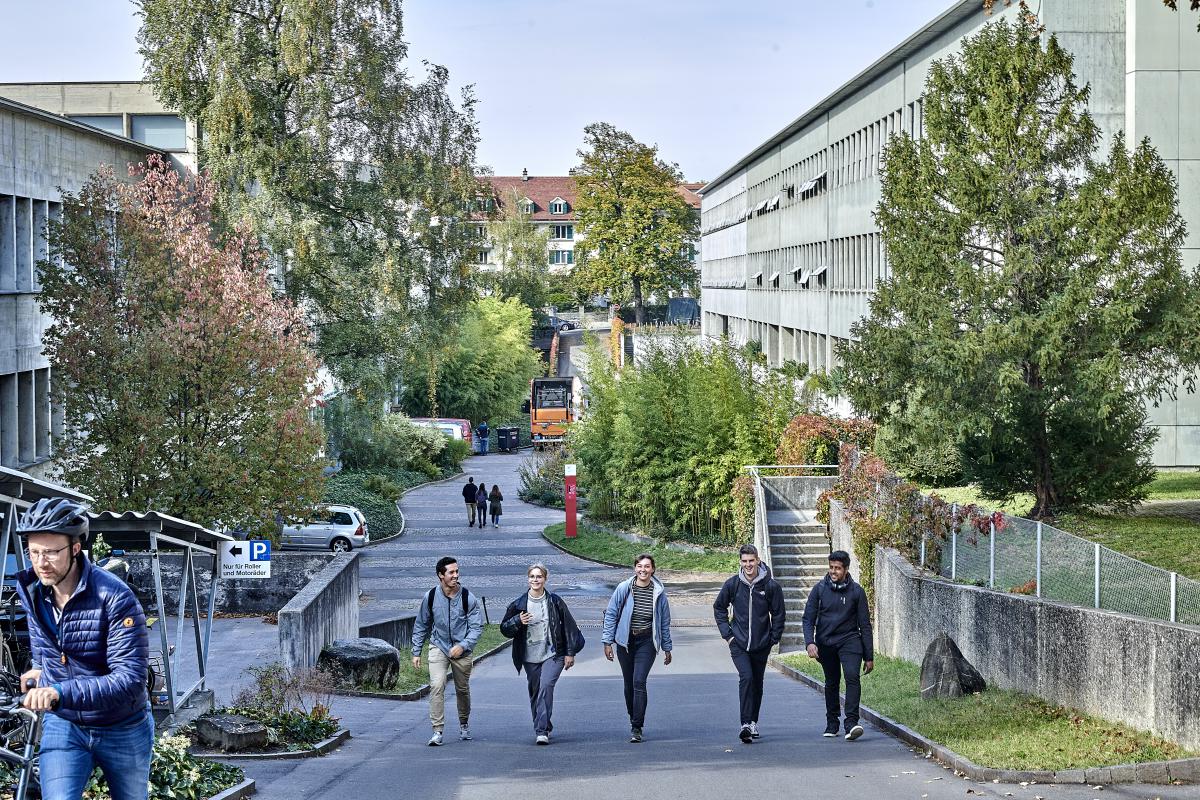Our Approach

Analyze
The University’s goal of achieving climate neutrality calls for careful analysis and considered planning of the measures. The University has been preparing its carbon footprint since 2019 with the help of an external consulting firm. For this, it identifies all areas in which CO2eq emissions occur directly or indirectly and which the University can influence. The abatement potential is then determined based on the carbon footprint and abatement measures defined.
Reduce
The individual faculties’ ability to influence the carbon footprint and their potential abatement measures differ greatly. A participatory process is therefore currently in progress – involving the faculties, centers and Central Administration – to define abatement measures and targets for the individual university units, which will then serve as the basis for a comprehensive joint roadmap to climate neutrality by 2030.
Engage
When it comes to achieving the goal of climate neutrality, the abatement measures have top priority. But the goal of a climate-neutral university cannot be achieved through abatement measures alone – that can only be done by offsetting unavoidable greenhouse gas emissions. To that end, a strategy must be developed in addition to the abatement measures that sets out how the University of Bern can make a suitable contribution toward climate protection in an amount that is equal to its unavoidable emissions. Current developments in addition to traditional offsets will continue to be observed and incorporated as appropriate.
The goal is to define a mix of measures that includes both the purchase of carbon offset certificates as well as other alternatives. The University of Bern would like to promote transdisciplinary research in the area of sustainable development as part of the Engaged UniBE project. It plans to launch an idea contest in addition to this. The portfolio will eventually include C-sink projects and negative emission technologies as well.
Establish
During a development phase, the faculty-specific abatement plans and the mix of climate protection measures will be worked up into a joint University-wide roadmap to climate neutrality by 2030 over the course of the next two years. Becoming climate-neutral doesn’t mean that the University’s efforts will come to an end as soon as it has achieved climate neutrality. Instead, the goal is to raise awareness of climate protection on an ongoing basis and consolidate measures for reducing greenhouse gas emissions.
